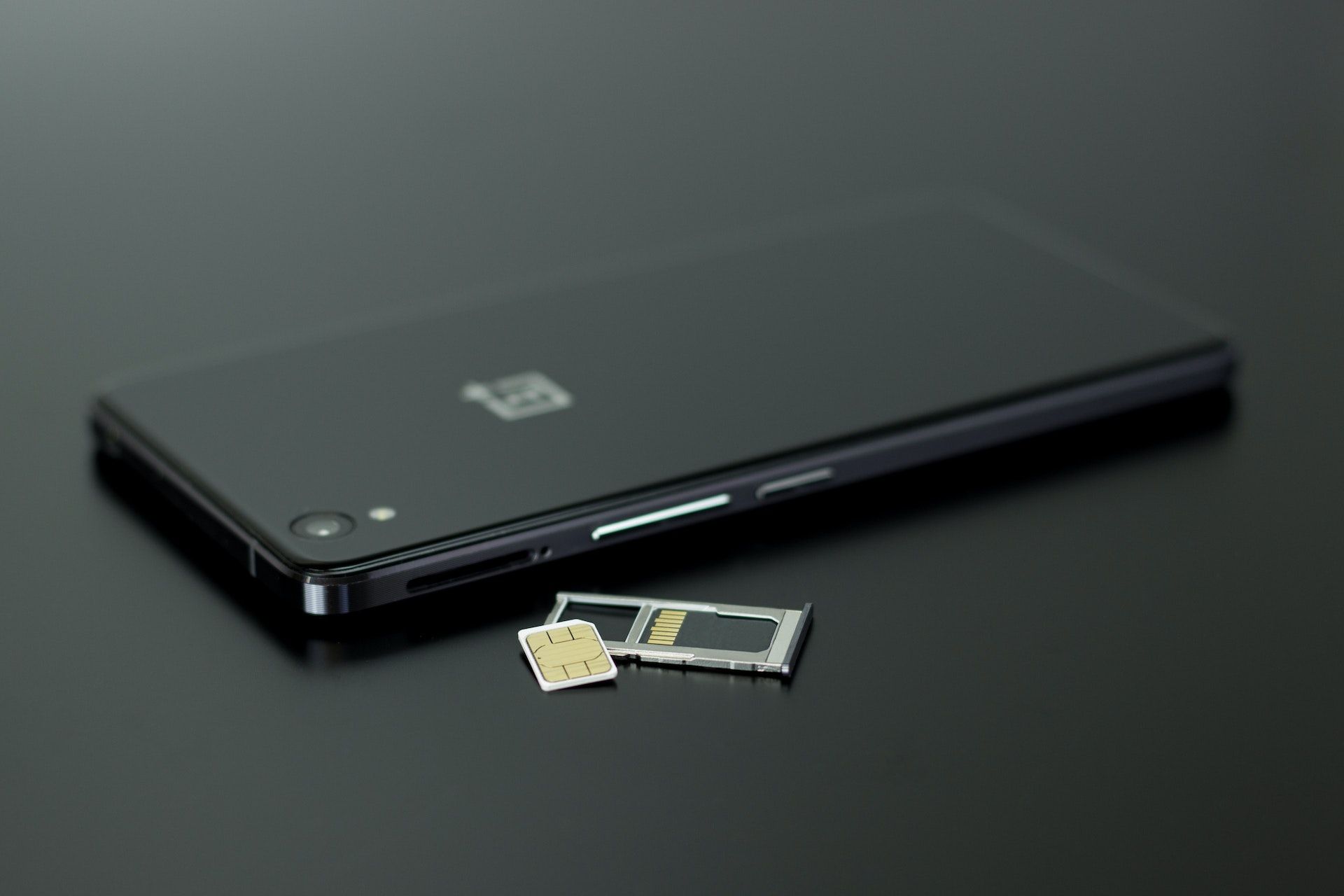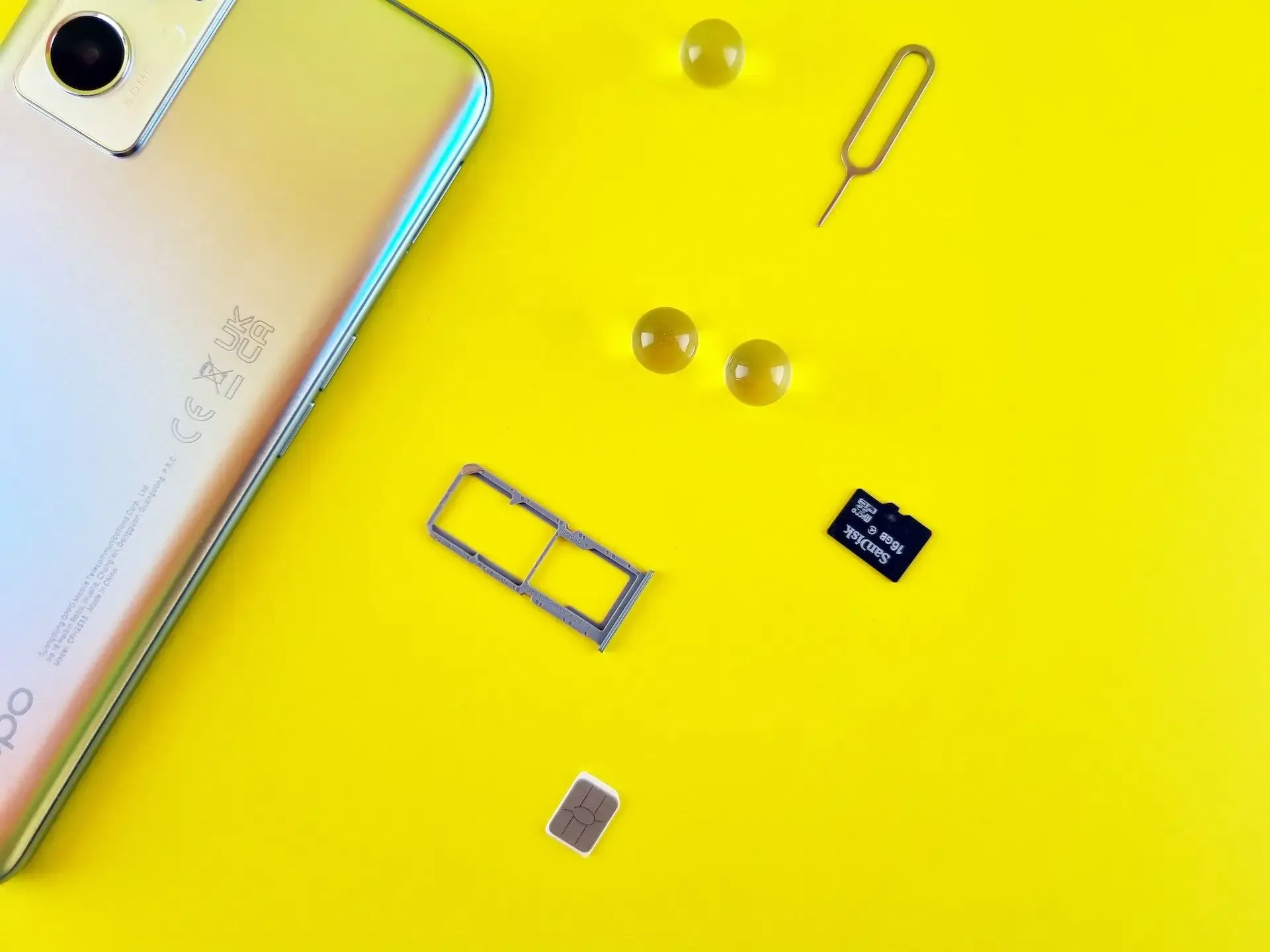eSIM
Will My Travel eSIM Work If I Remove My Physical SIM? A Nomad Guide [2025]
Yes, your travel eSIM works without a physical SIM—here’s why you shouldn’t remove it and how to avoid roaming charges smartly.
Yes — your travel eSIM will continue to work even if you remove your physical SIM card.
Many travelers worry about accidental roaming charges or SIM conflicts when using a travel eSIM alongside their regular number. But while your eSIM can operate independently, completely removing your physical SIM often introduces more risks than rewards.
In this guide, we explain why your travel eSIM will work just fine on its own, what happens when you remove your physical SIM, and why disabling it through software is usually a smarter option.

Understanding eSIM Independence: How Your Travel eSIM Works Without a Physical SIM
An eSIM (embedded SIM) is a digital version of a traditional SIM card — stored directly on your phone’s hardware. Once installed and activated, your travel eSIM provides full cellular data access without needing a physical SIM card present in your device.
So yes, if you remove your physical SIM, your eSIM will still function — assuming it’s active and correctly set up. You can continue to browse, navigate, message, and stream abroad without interruption.
That said, the concept of removing a SIM card to prevent charges can apply to eSIMs too. If you’re considering removing your primary eSIM instead, check out this related guide on why deleting your primary eSIM while traveling might create more problems than it solves.
Why You Shouldn’t Remove Your Physical SIM (Even If You Can)
While your travel eSIM doesn’t require a physical SIM, taking it out can lead to several issues, especially during international travel.
You Lose Access to Your Primary Number
Your physical SIM is tied to your regular phone number. Without it:
- You can’t receive SMS verification codes (2FA/OTP).
- You won’t receive calls on your usual number.
- You may lose voicemail access depending on your carrier.
If you use services like banking apps, rideshare platforms, or WhatsApp linked to your primary number, removing your SIM could disrupt access.
You Risk Losing or Damaging the SIM Card
Physical SIM cards are small and easy to misplace. If lost during travel, it can be a major headache upon your return, requiring you to order a replacement from your carrier and potentially dealing with service interruptions.
You Reduce Flexibility
Keeping your physical SIM in your phone, even if disabled for data roaming, offers a layer of flexibility. In an emergency, or if your travel eSIM encounters an issue, you can quickly re-enable your primary SIM for essential communication. Removing it entirely eliminates this immediate fallback option.
Curious about how modern phones handle multiple SIMs? Learn more in our guide on how dual SIM phones work and what you should know before using them internationally.
Smarter Strategies: How to Avoid Roaming Charges Without Removing Your Physical SIM
Rather than removing your SIM, here’s how to safely manage dual SIMs and avoid unexpected costs:
1. Disable Data Roaming on Your Primary SIM
Go to Settings > Cellular > [Your Primary SIM] > Data Roaming and toggle it off. This ensures you won’t use expensive roaming data abroad.
2. Set Your eSIM as the Data Line
Designate your travel eSIM as the default data source in Settings > Cellular > Cellular Data. On iPhones, also turn off Cellular Data Switching.
3. Disable Your Primary SIM via Software
You can temporarily turn off your main SIM without physically removing it:
- On iPhone: Settings > Cellular > Tap your primary SIM > Toggle off "Turn On This Line"
- On Android: Settings > Network & Internet > SIMs > Toggle off "Enable SIM"
This approach gives you full control without risking SIM loss.
4. Contact Your Carrier
Some carriers let you block international roaming entirely. You can ask them to disable roaming but keep call/text services active.
Frequently Asked Questions (FAQs)
Can I use my physical SIM and eSIM at the same time?
Yes, most modern smartphones with eSIM capability support Dual SIM Dual Standby (DSDS), allowing you to use both your physical SIM and eSIM simultaneously. You can designate one for calls/SMS and the other for data, or switch between them as needed.
What happens if I remove my physical SIM and my eSIM stops working?
If your eSIM stops working, it's usually due to a configuration issue, expired plan, or network problem, not the absence of a physical SIM. If you've removed your physical SIM, you'll lose access to its services (calls, SMS, OTPs) and will need to troubleshoot your eSIM or rely on Wi-Fi. We’ve put together a helpful guide to walk you through fixes for common eSIM connectivity problems while traveling.
Will removing my physical SIM affect my phone number?
Removing your physical SIM will not permanently affect your phone number. Your number is tied to your account with your home carrier. However, while the SIM is out of your phone, you will not be able to receive calls or SMS messages to that number.
Is it safer to disable my physical SIM in settings than to remove it?
Yes, disabling your physical SIM through your phone's settings is generally safer than physically removing it. It prevents loss or damage to the SIM card and allows for easy re-activation if you need to use your primary number for calls or SMS.
Keep Your SIM In, Stay Connected Smartly with Nomad
Your travel eSIM will absolutely work without your physical SIM — but removing the SIM adds unnecessary risk. You lose access to your number, OTPs, and a reliable backup option if anything goes wrong.
Instead, use built-in settings to turn off roaming and keep your physical SIM safe. With Nomad’s global eSIM plans, you can travel with confidence, enjoy uninterrupted data access, and avoid the stress of swapping tiny SIM cards at the airport.
Ready to travel smart? Explore Nomad's extensive range of eSIM plans for over 200 countries and regions and stay connected wherever your adventures take you.




